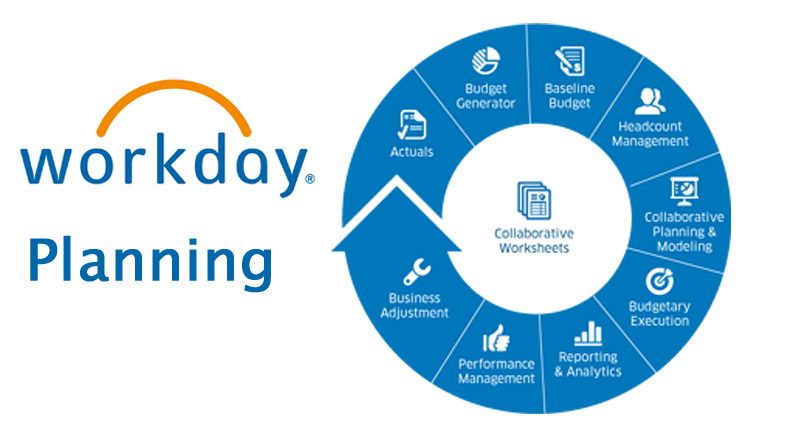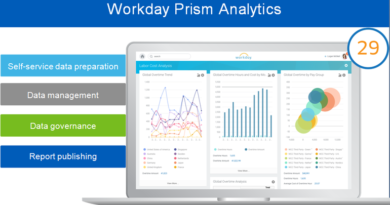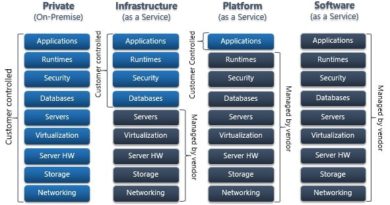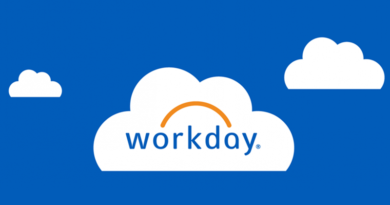Integrate Financial and Personnel Plans with Workday Planning
Workday Planning – Workday offers cloud-based single-architecture and management suites that join analytics, human resource, and finance into one-system. By using this platform, one can alter and handle data sets from any linked workforce source. This goal is achieve by combining ‘Workday Human Capital Management’ (Workday HCM) of human resources management and ‘Workday Financial Management‘ of financial management.
In Workday, financial and human resources plans of companies are generally divided and data is stored in several systems or spreadsheets. This helps leaders of finance, personnel, business division to analyze and take necessary decision. It gives details that how much time they spend on manual calculation to ensure data integrity than promoting business results and business outcomes.
Meanwhile, companies and organizations are required to take immediate decisions about the future business actions that are accelerating, such as acquisitions, mergers, adoption of new business models and global expansion. In the secure enterprise environment of Workday, the planning team can make use of the transaction data to generate models and scenarios with worksheets that are familiar with functional spreadsheets. In this planning team and key stakeholders can work together to budget and forecast plans.
In Workday Planning one can define the structure of finance and human resource plan for each month, quarter and year. With the help, this application one can prepare a basic plan by utilizing the planning function, history in the system and real-time financial and personal data. We can say that it is a kind of application that integrates personnel planning and financial planning within a single system. Workday’s this initiative will provide a new method of enterprise planning to respond to these challenges.
In carrying out the plan, the company utilizes real-time financial and management reporting functions, built-in analysis and visualization functions to track improvements. These functions have following benefits.
- Evaluating investment effectiveness by ad hoc prediction
- One can judge the best personnel placement model to support growth
- Improving expansion strategy
- Cost management
Speed Up Time to Action
With the legacy planning systems, data is stale by the forecasting and time budgeting cycles are complete, so there is little insight to gain or effective action to take. Workday Planning reduces that challenge by using live transactional data from the same system as your forecasts and budgets. So as circumstances change, one can change plans and take necessary action to realize more-impactful results.
A Single System
- Head-count and financial transaction are in the similar system as planning so there are no security concerns.
- One can use Workday data baseline to make plans that can be straight away refreshed with real-time transactions at any point in the process.
- All customers and application are always current with the latest functionality as they are on the same update cycle
- One can leverage current and effective-date configurations for calendars, cost centers, reporting dimensions, and supervisory organizations.
Key Benefits of Workday Planning
1. More Effective Planning
- Streamline forecasting, planning and budgeting processes by removing traditional ETL (extract, transform, load) necessities.
- Real-time data throughout the process increases accuracy of planning.
- As the cycle time from planning to action is reduced quickly adjustments can be made.
2. Robust Collaboration Tools
- One can directly comment and respond in real time to planning participants within worksheets.
- With an intuitive and consumer-friendly user experience engagement is increased among all planning participants.
- You can quickly access comments, reports, revisions, and notification on mobile devices.
3. Inherent Security and Controls
- The business process framework is used in Workday to govern, guide and define your planning process.
- Compliance is ensured as there is single-enterprise role-based security model.
- Best-in-class enterprise controls and audit history are used to track activities.




